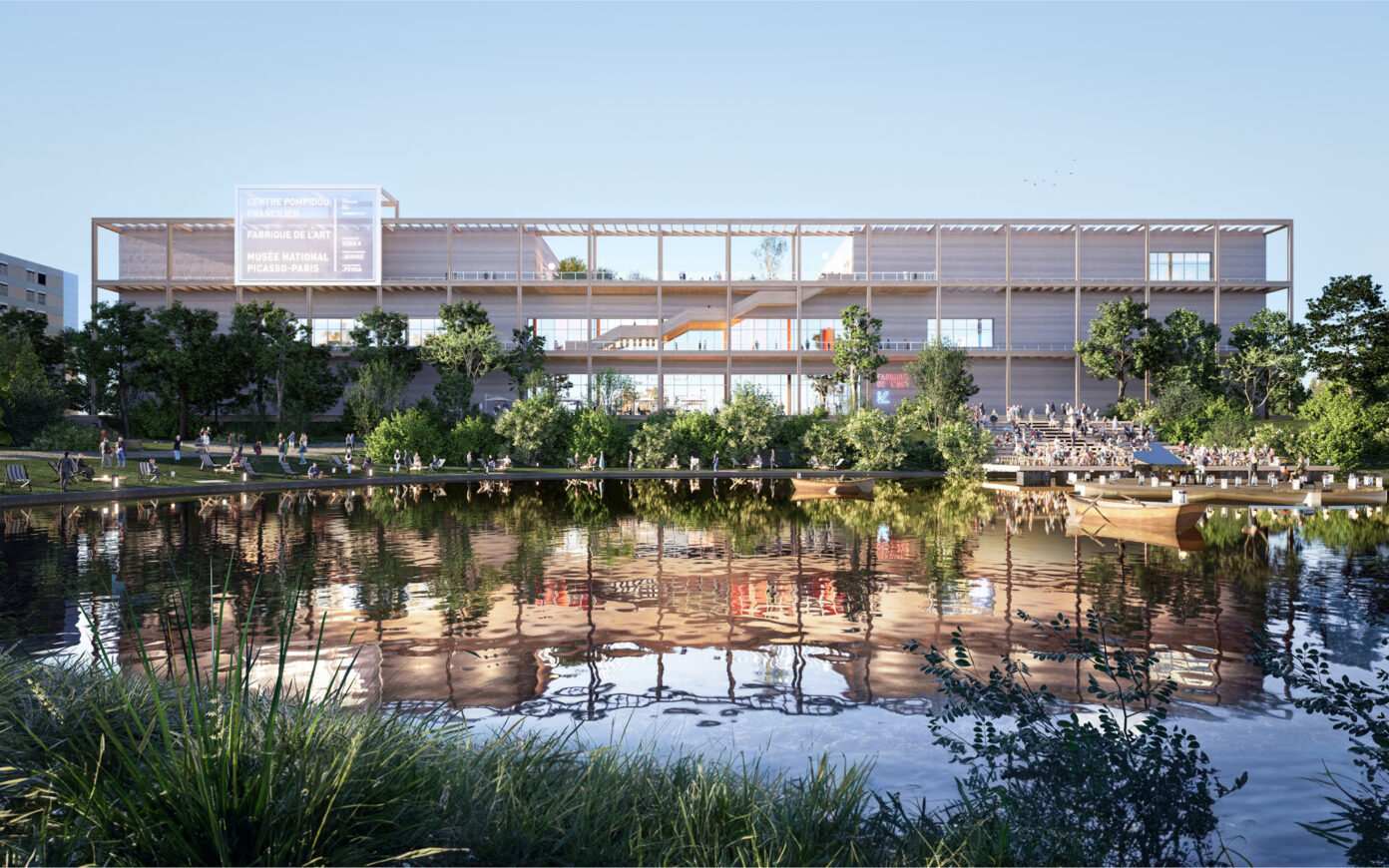In a context of changing cultural practices that question the future of museums, the Centre Pompidou launched a competition for the creation of a new conservation center. This competition was won by the architectural firm PCA-STREAM under “La Fabrique de l'Art” (The Art Factory) project submission. Housing the collections of the Centre Pompidou and the Picasso Museum, it will offer a comprehensive collection and conservation facility leveraging an innovative approach whereby, under one building, there will be both a facility for cutting-edge research/conservation and a public engagement space. The project, which is set within a delightful park, will become a new central location for residents of the Île-de-France region.
Reconstructing territories
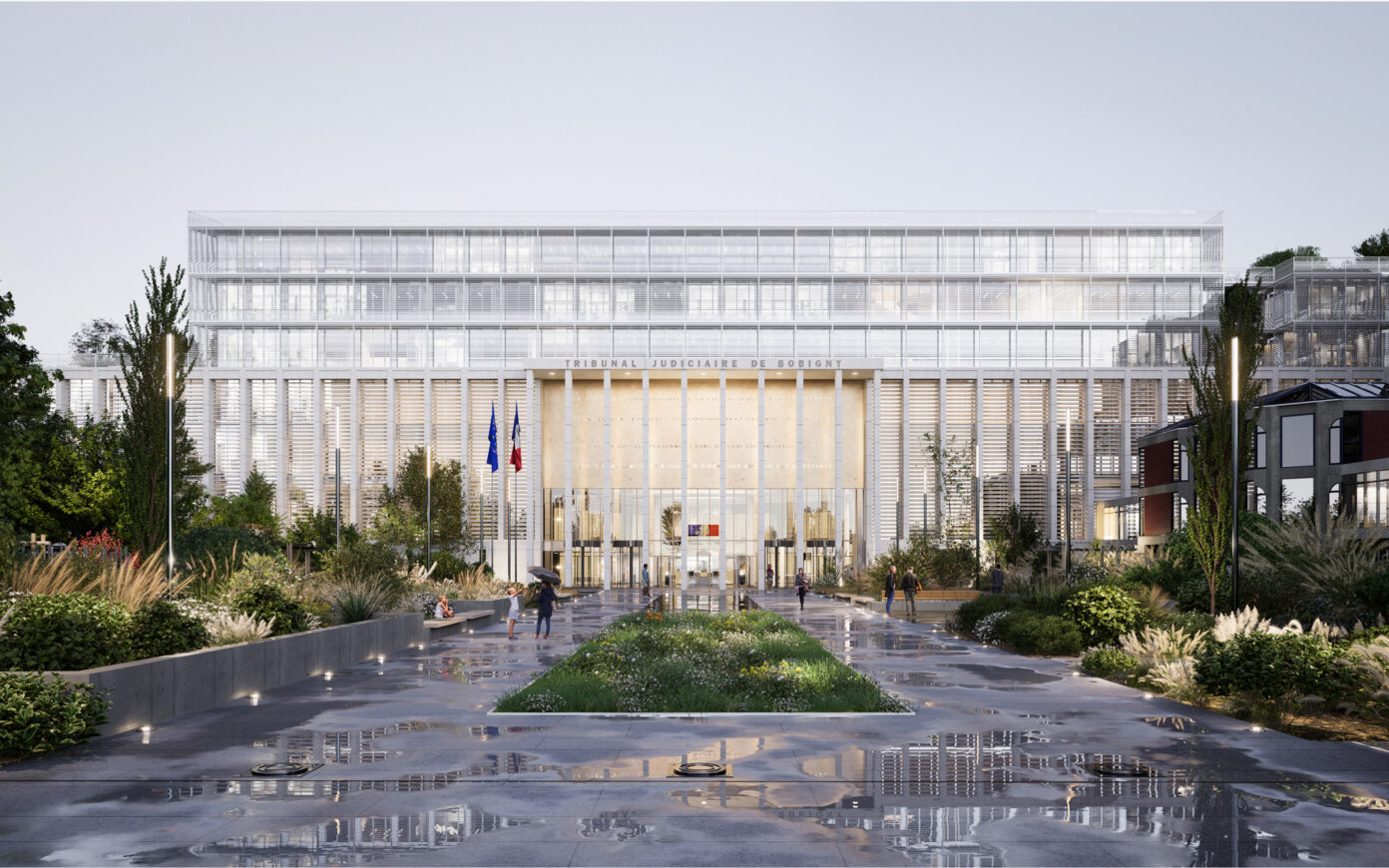
PCA-STREAM has won the competition for the extension of the Bobigny courthouse by designing a building with a balanced monumentality, reaffirming without excessive theatricality the sacredness of justice. The new courthouse will offer a functional and exemplary building, embodying the idea of a justice of care.
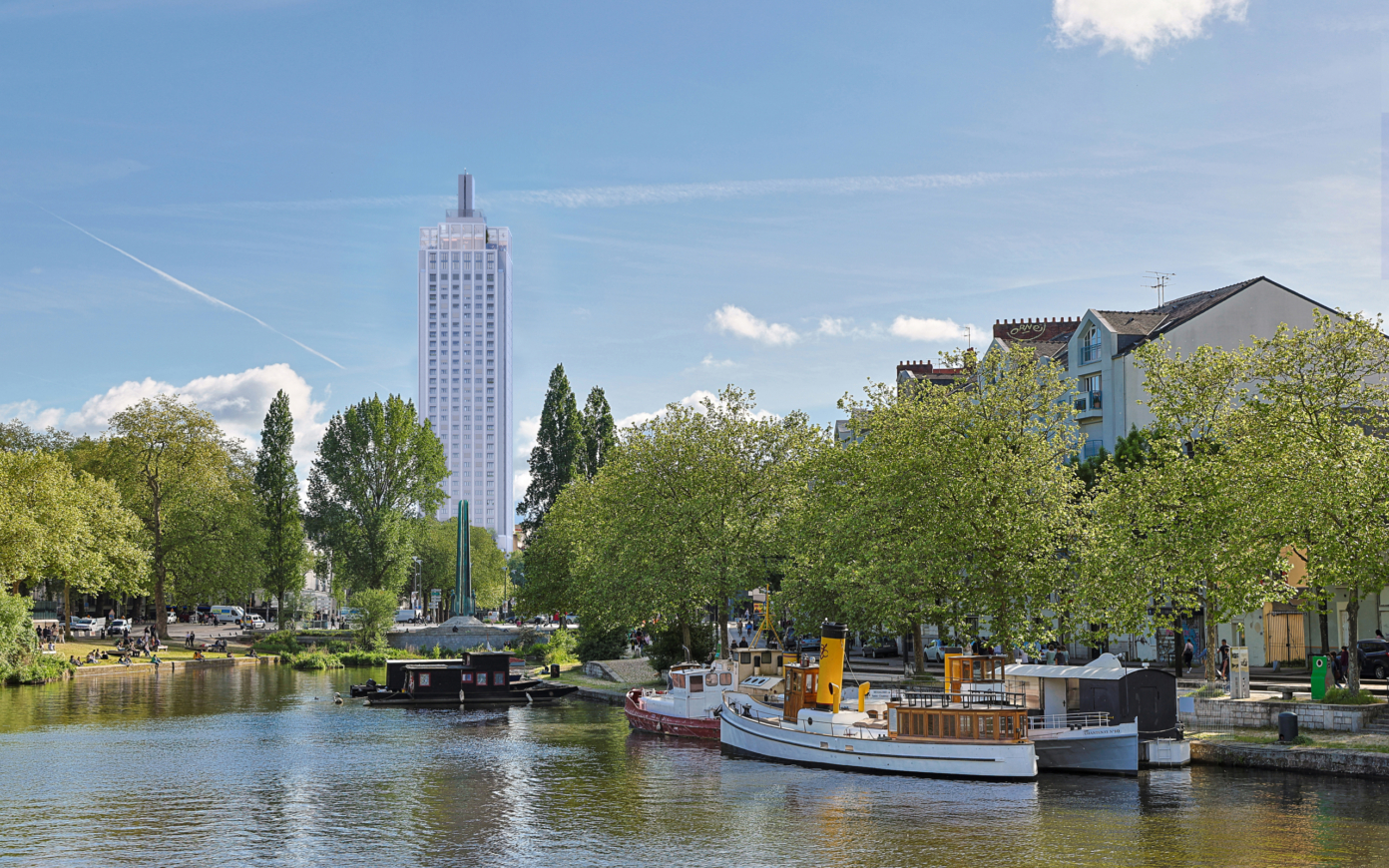
The renovation of this emblematic building in Nantes, the Tour Bretagne, is an opportunity to transform an obsolete symbol of the Trente Glorieuse era by adapting it to the contemporary challenges. PCA-STREAM and MAGNUM reinforce its elegance and slenderness by adding a mixed-use housing program, becoming the precursor of a new era for the city and metropolis.
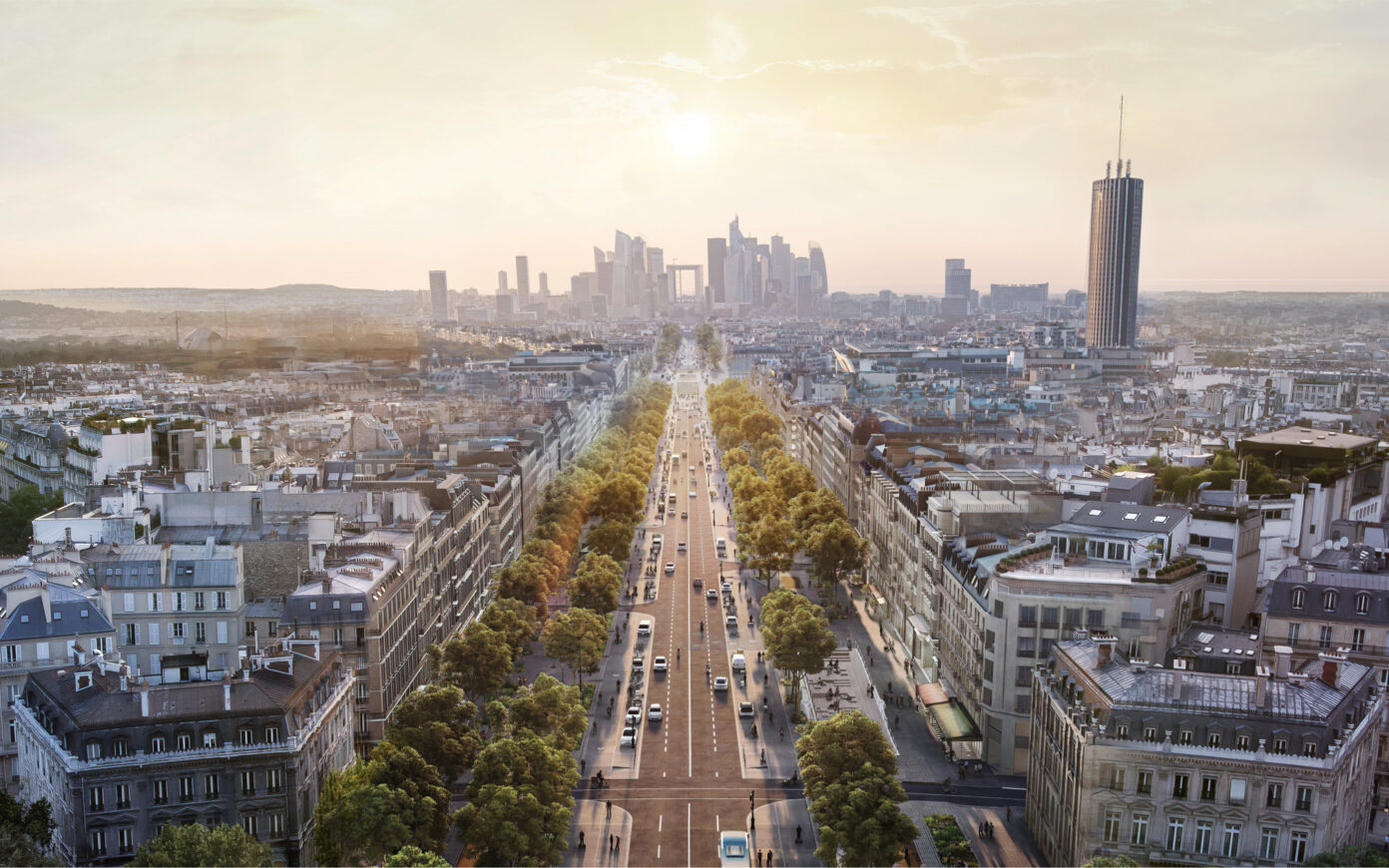
At the initiative of the Comité Grande-Armée, PCA-STREAM delivers "Grande-Armée 2030", a strategic vision for reintegrating the Avenue de la Grande-Armée into the urban dynamic of Paris's historic thoroughfare and adapting it to the challenges of the 21st century city.
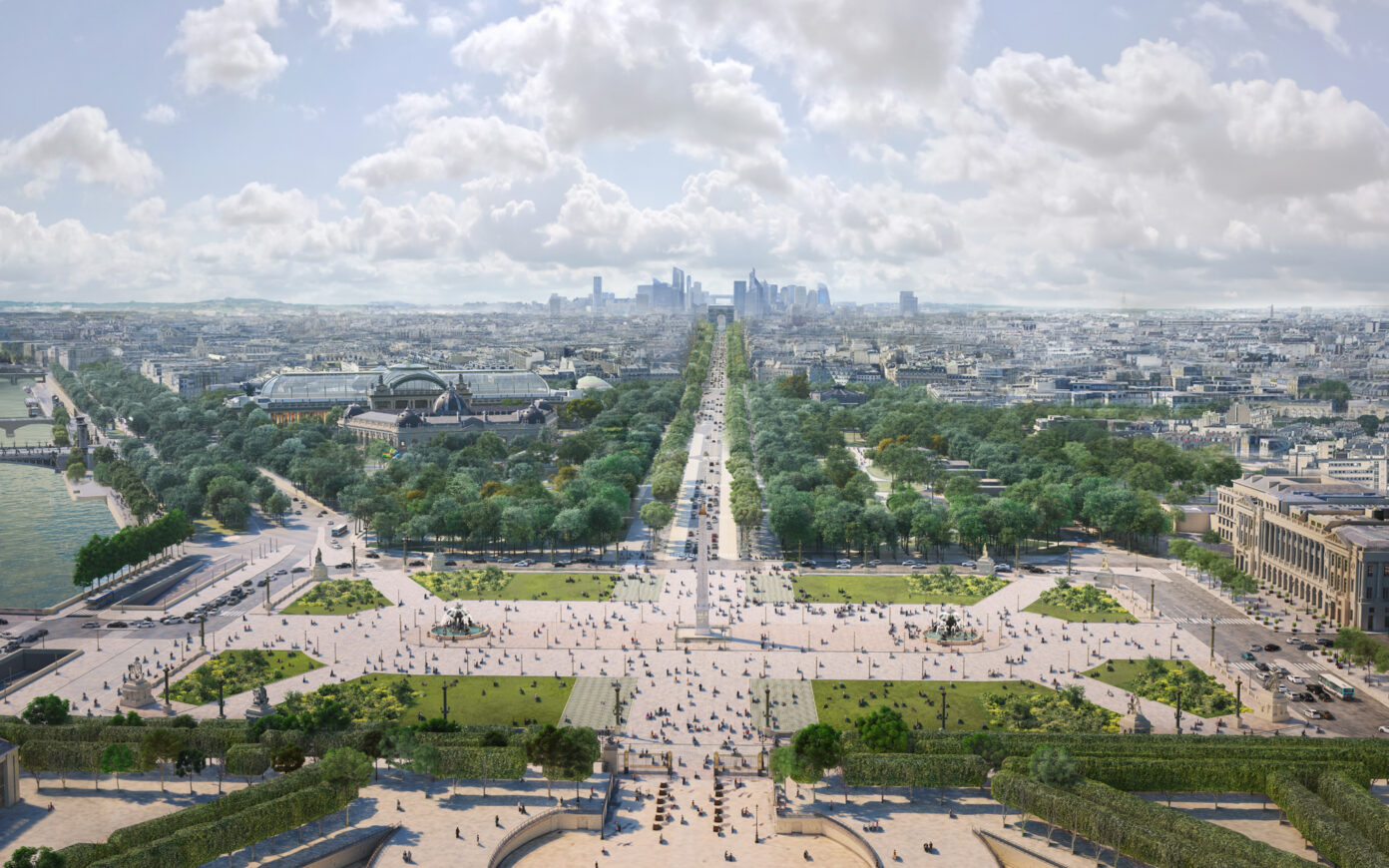
The Champs‑Élysées, History & Perspectives exhibition presents the study conducted between 2018 and 2020 at the behest of the Comité Champs‑Élysées by PCA-STREAM in collaboration with some fifty researchers, historians, scientists, engineers, artists, and economic and cultural actors from France and abroad. It traces the development of “the most beautiful avenue in the world,” analyzes its current usages, and proposes a vision of its potential evolutions in response to the challenges this area of the city faces in the present day. The Champs-Élysées is becoming a collective space to experiment with the development of a sustainable, desirable and inclusive city by 2030 through focusing on four main strategic priorities: reducing the impact of urban mobilities, rethinking nature as an ecosystem, seeking new uses, and the use of data for measurement and regulation.

The new Versailles Tourist Office is intended to improve the reception of the millions of tourists to the château, while allowing them to discover the richness and variety of the city's cultural activities. In dialogue with a contemporary grove by landscape designer Nicolas Gilsoul, PCA-STREAM reinterprets the figure of the pavilion to offer a sober and minimal building, combining modernity and classicism, as a synthesis of what Versailles can offer the world.
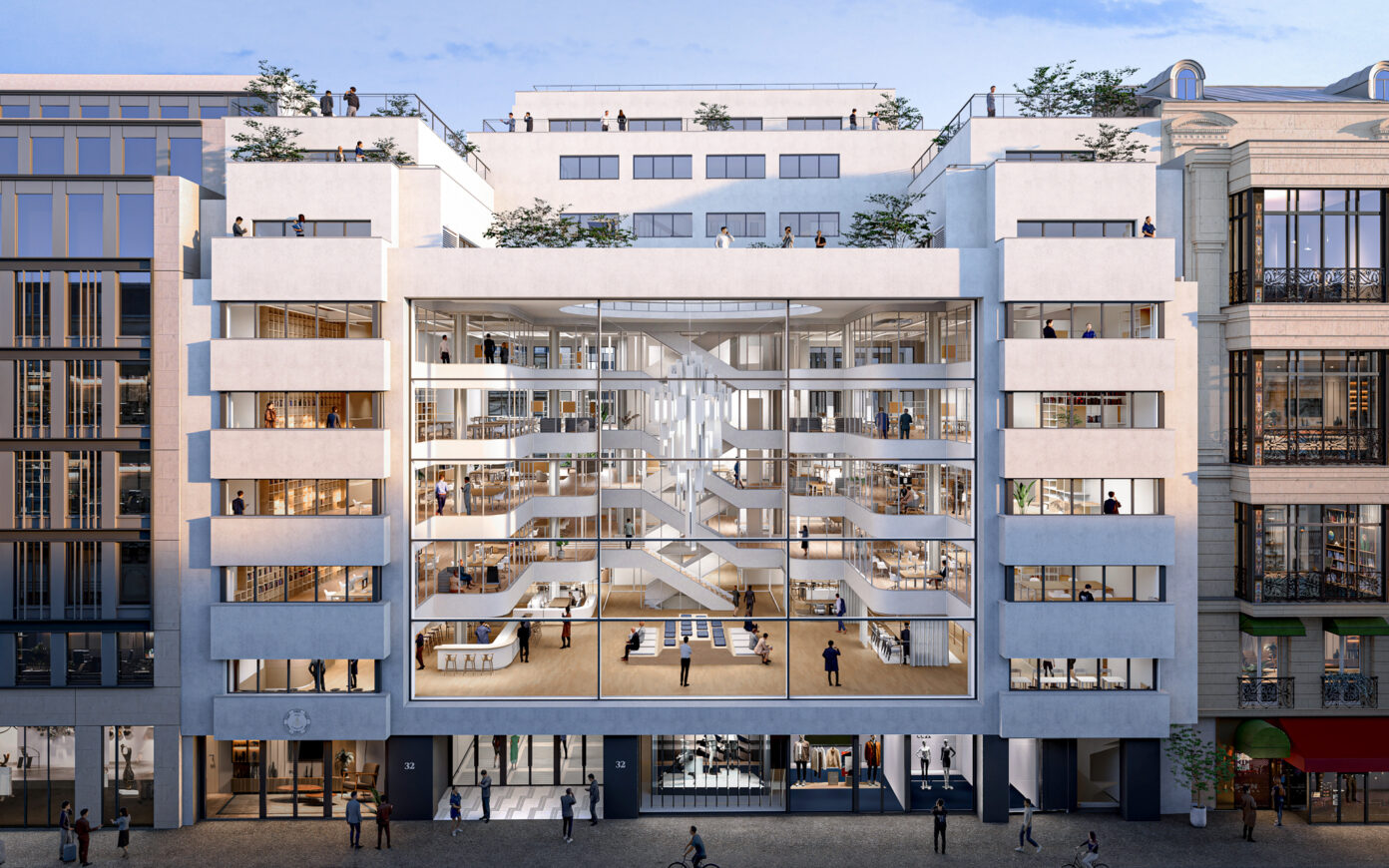
In the heart of the Golden Triangle district, at 32–34 Rue Marbeuf, PCA-STREAM is reinventing the iconic Citroën dealership from the 1930s for Gecina, restored to its former glory with rejuvenated original architecture, innovative workspaces, and a full-fledged hanging garden on terraces that open out onto Paris.
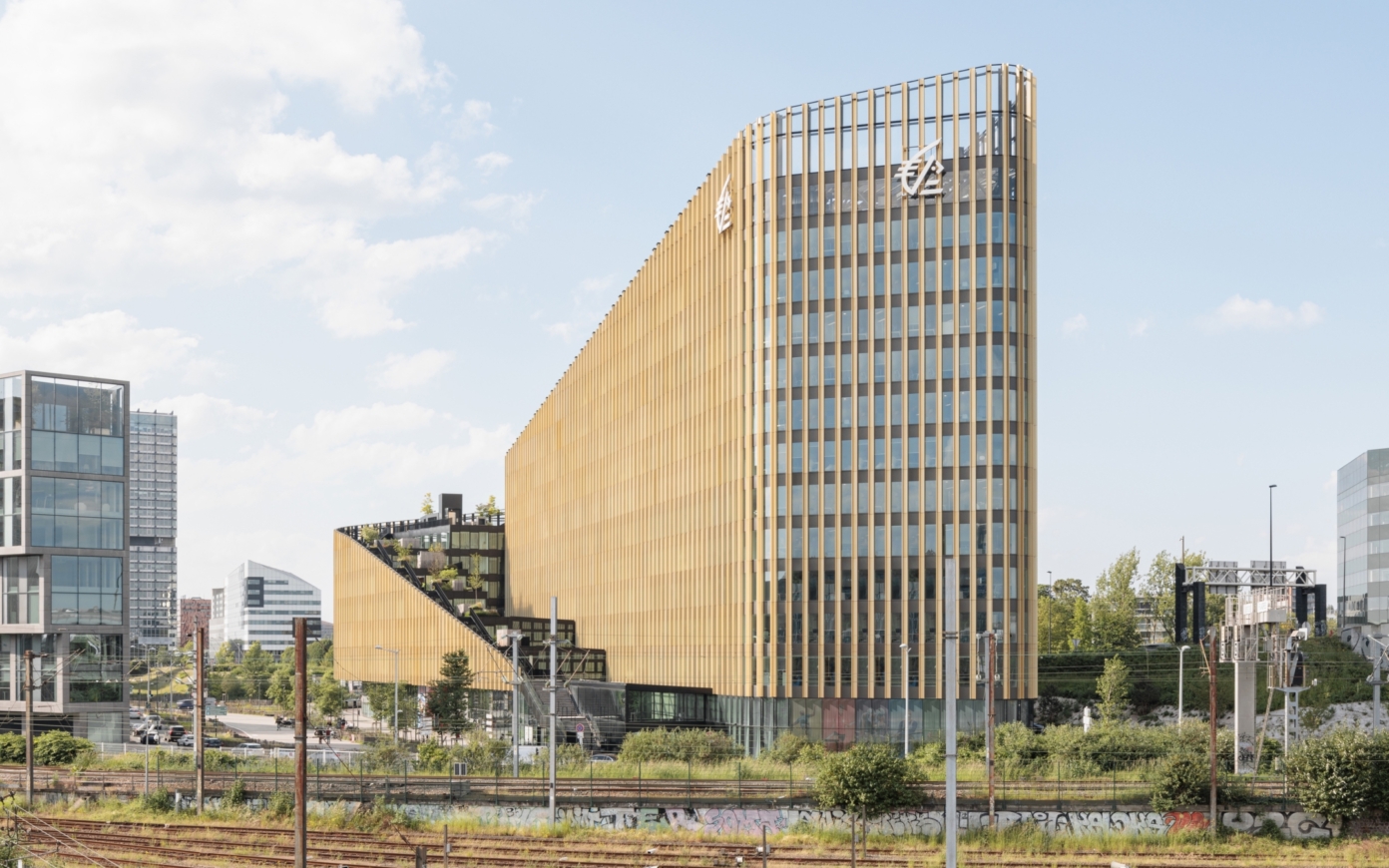
ShAKe offers the Euralille district an atypical and convivial silhouette, with a spiraling planted promenade topped by a belvedere. PCA-STREAM is rethinking the office building, opening it up to the city and its residents, to adapt to the changing face of an increasingly open-plan working world. The form of the building-promenade is an invitation to live and share.
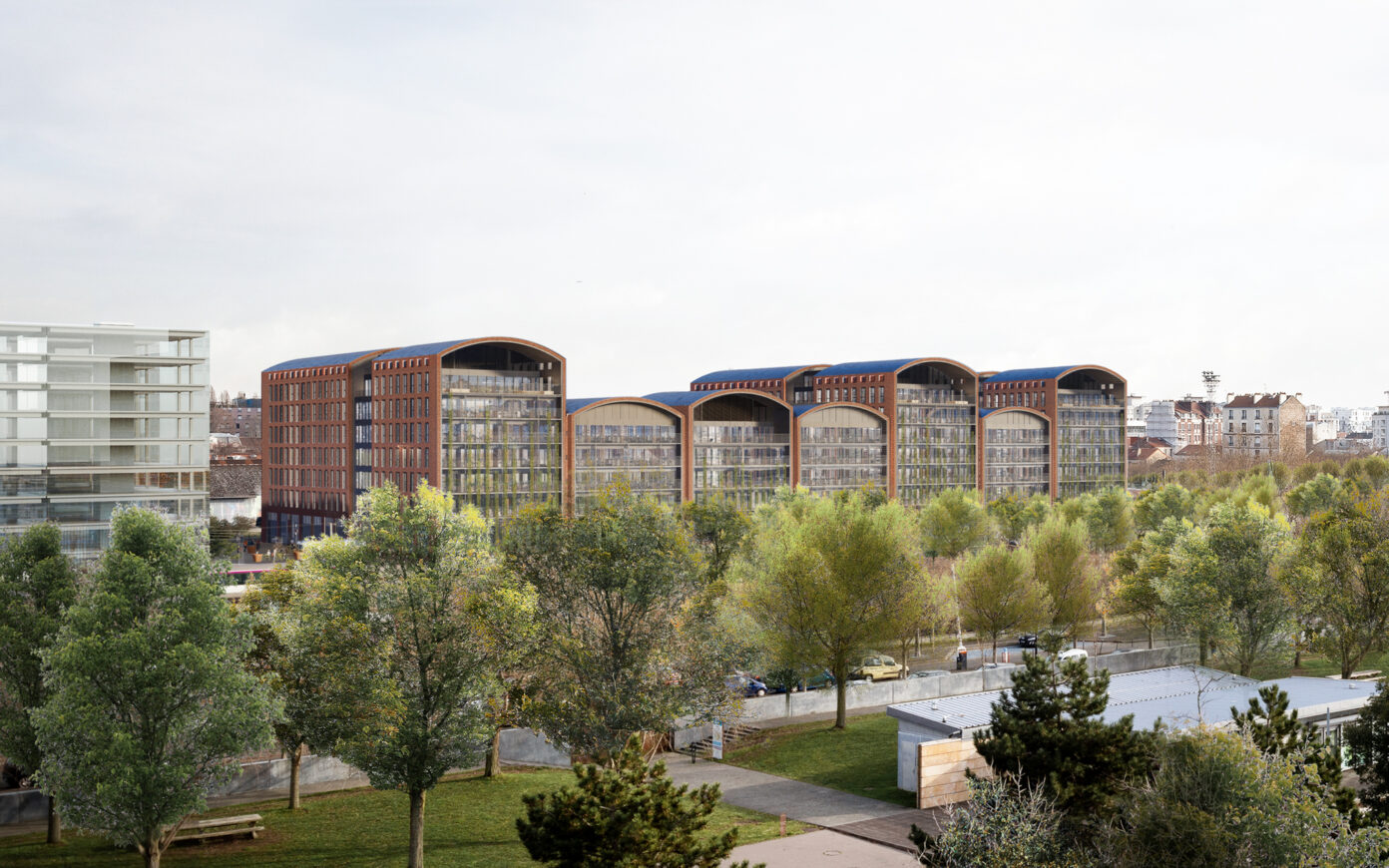
With Ivry Confluences, located in a changing urban landscape featuring brownfield sites and eco-districts, PCA-STREAM is designing a symbol of the revitalization of the south end of Ivry-sur-Seine. In dialogue with the local industrial heritage, the studio reinterprets the morphology of railway halls to develop a new complex with exacting environmental standards. An exemplar of next-generation offices, Ivry Confluences takes an active part in adding to the vibrancy and diversity of the district thanks to its active base and an extensive garden that opens onto the city.

The merger of the four central arrondissements of the French capital, the beating heart of Parisian culture, is embodied in the new administrative hub set up around Square du Temple, with the Paris Centre Town Hall and Police Precinct. PCA-STREAM is adapting, restoring, and revitalizing the Hôtel de la Garantie, a heritage complex from the 1920s, in order to accommodate almost 600 police officers under new, enhanced working conditions.
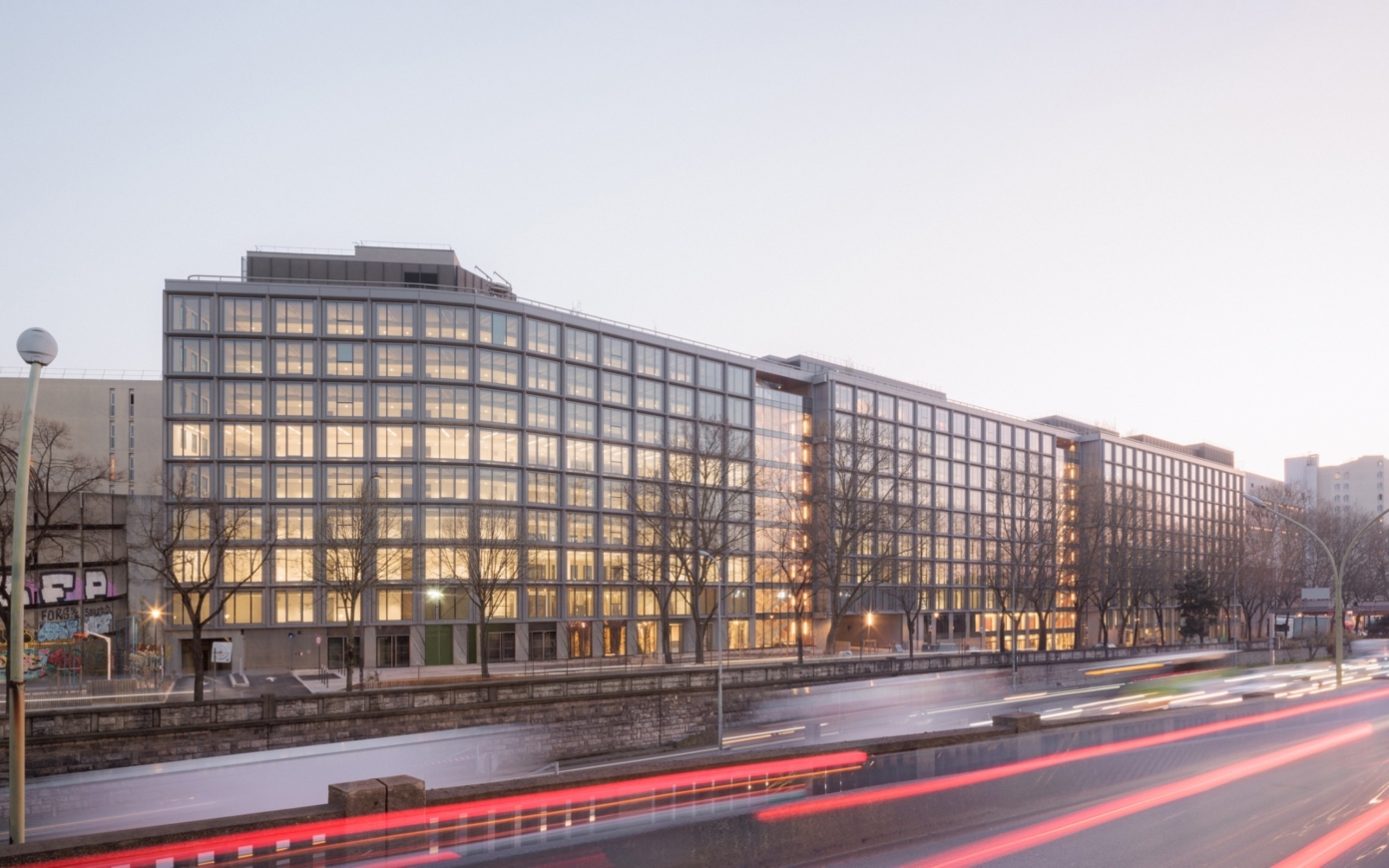
360 is part of the dynamic revitalization of the Plateau district and the future prospect of a pacification of the ring road. The project rehabilitates three office buildings from the 1980s that no longer meet current needs and expectations. Its remarkable location and accessibility, at the head of the ring road, at the border of Vanves and Paris, invited an ambitious rehabilitation to develop comfortable, efficient and innovative spaces, while adapting the building to contemporary environmental issues.

As part of the Eurodisney development zone, PCA-STREAM is designing a mixed-use, open-plan tertiary campus, co-designed with its user, Crédit Agricole Brie-Picardie. It embodies the traditional values of this bank, its environmental, social and cultural commitments, but also its commitment to the uses of tomorrow.

PCA-STREAM designed and completed a commercial and leisure center destined to become a new urban centrality in the Roissy-Charles de Gaulle airport area. Aéroville is inspired by the travel imaginary and diverts the codes of the international flagship store. It is a public space that hybridizes the codes of the airport with those of mixed-use activities of an urban center. Built in less than four years of studies and construction, it was delivered to the client, Unibail-Rodamco, in October 2013.
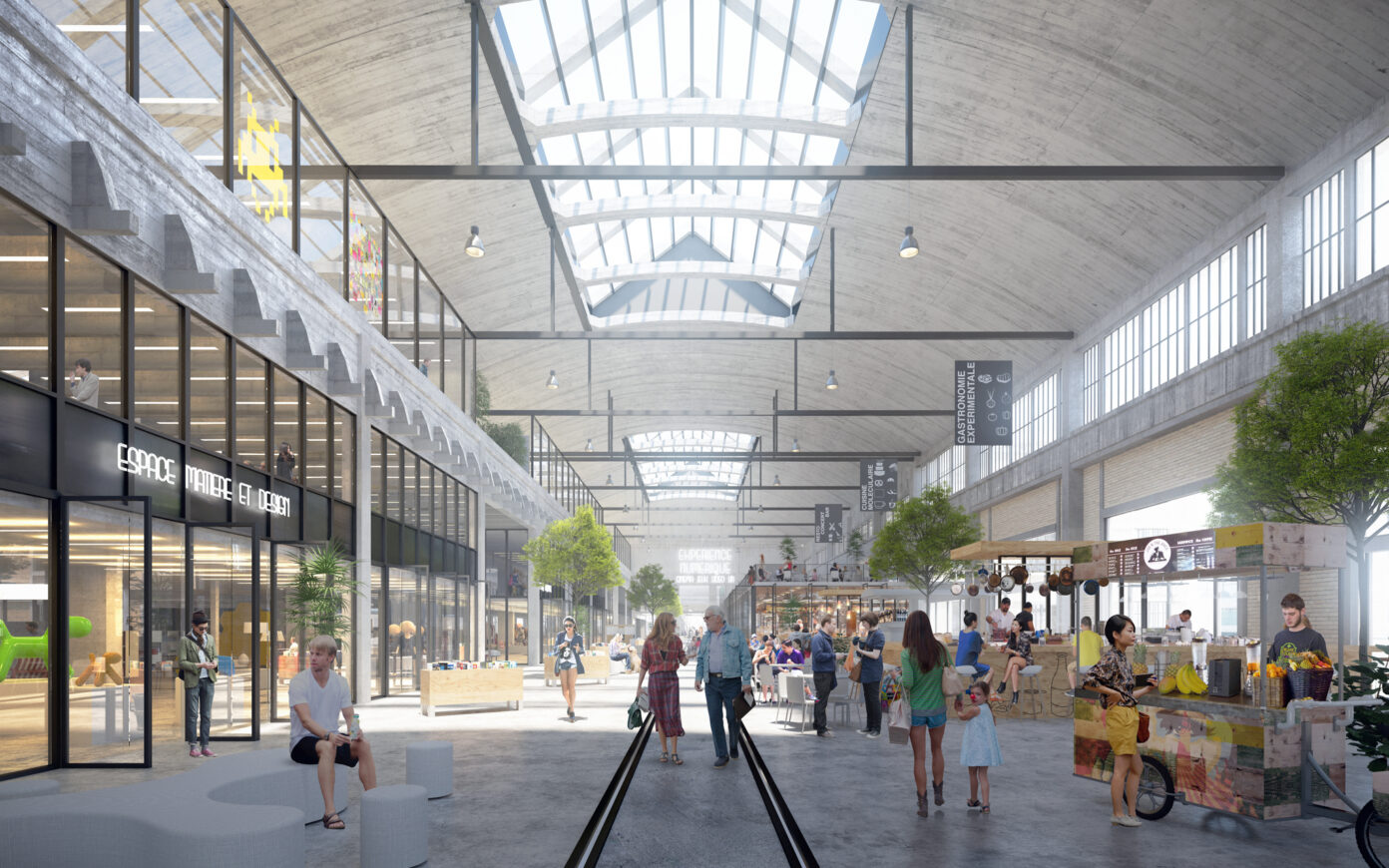

Winner of the “Inventing the Greater Paris Metropolis”, Les Ardoines station area development brings together a unique cross-disciplinary team in order to establish a major new hub within the Greater Paris area. The project supports the shift from an industrial past to environmentally-friendly production methods, leveraging digital innovation, the knowledge economy, and the transition towards a green economy.
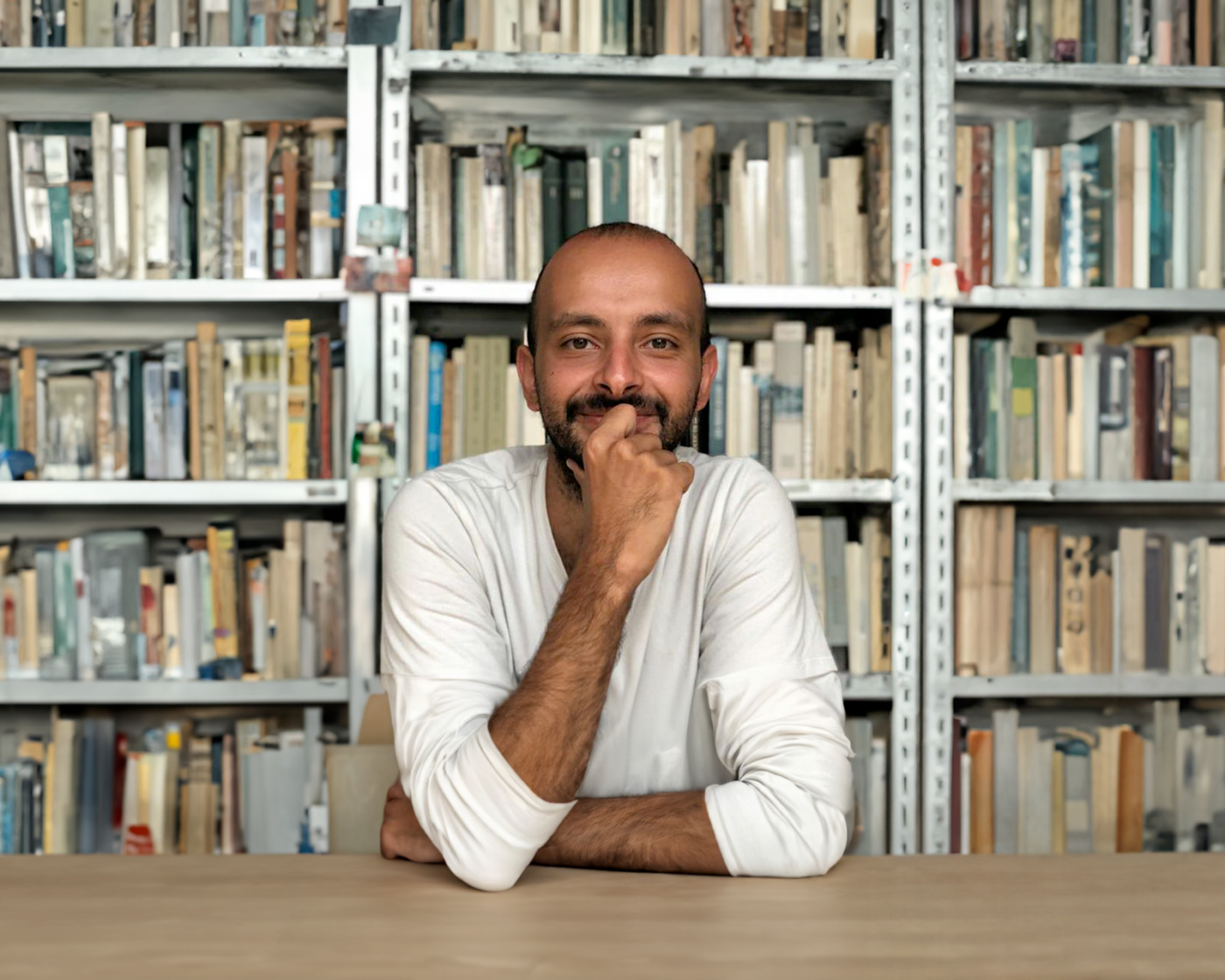
Displaced villages, uprooted populations
Moussa Belkacem is a PhD candidate in architecture at the OCS (Observatory of the Suburban Condition) laboratory of the Paris-Est Architecture, Cities & Territories School. His work focuses on the displacement of villages in Europe between 1945 and 2045. He examines projects to relocate urban areas that are bound to be destroyed, and stresses the need to consider the links between demolition and reconstruction, in order to better accompany these uprootings.
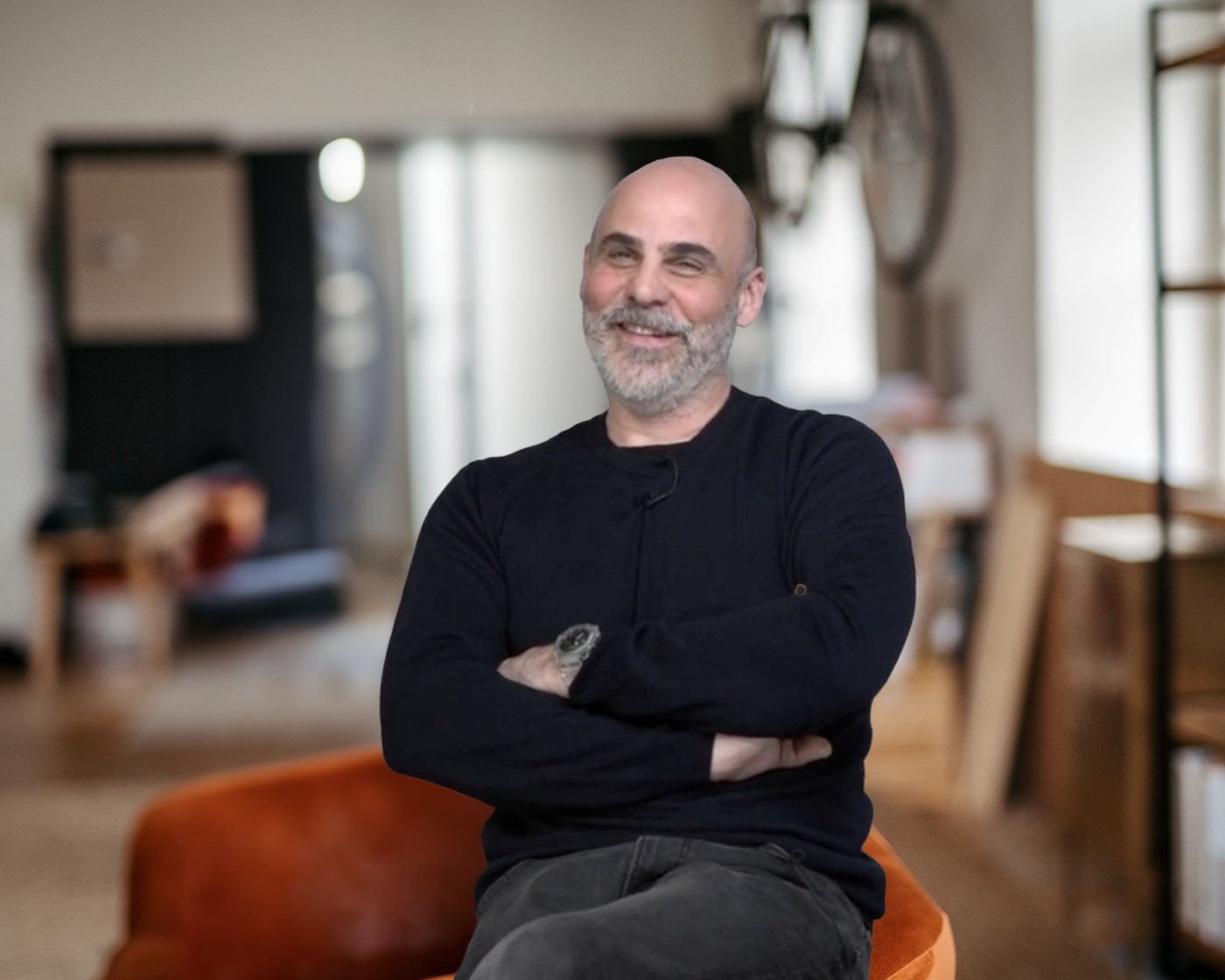
Spotlight on the city
Hervé Bougon is a film programmer and co-founder of Close-Up, a film festival dedicated to architecture, cities and landscapes. Close Up uses fiction to question the way we live, and year after year continues its work of discovering and raising awareness of major urban issues by bringing to the screen representations of urban architectural culture.
“ What Leboncoin tells us about urban exodus. ”
“ What Leboncoin tells us about urban exodus. ”
What Leboncoin tells us about urban exodus
Alexandre Coulondre is a data and real estate market specialist and researcher at Lab’Urba (Gustave Eiffel University). To analyze the phenomena of urban exodus, he collaborated with Leboncoin, the french small ads platform, which provided him with the data needed to study local migration. A podcast to listen to, to question some of the much-mediatized theories according to which, in the wake of the pandemic, many city dwellers have left the metropolises!

Enhancing a territory through creation
LUMA Arles is dedicated to supporting contemporary artistic creation. Designed as a creative campus, it promotes the Camargue region in which it is located: its landscapes, materials and know-how. Maria Finders, co-founder of the Atelier LUMA design laboratory, tells us about this atypical place.


At the roots of “Urban Metabolism”
The use of the living organism metaphor in the field of urban system studies dates far back and is continuously reconfigured as events play out. Here, Léone-Alix Mazaud, a CIFRE PhD student (PCA-STREAM/École des Mines de Paris), repositions the meaning of the “urban metabolism” as defined by our firm within the history of approaches on the subject matter in order to highlight its unique features.


Global thought, Local innovations
Rob Hopkins is the instigator of the international “The Transition Towns” movement, which supports many environmentally responsible initiatives carried out by both municipalities and citizens. Its primary goal is to unleash our imagination in order to inspire the desire and the courage to act.


Experimenting with new modes of representation
Artists are major protagonists of the way our representations and narratives change over time, through image as well as fiction, which Frédérique Aït-Touati views as playing a fundamental role in the advancement of sciences and the construction of a collective imaginary. She is thus engaged, through her alternative cartographies and theatrical performances, in “landing” the gaze we turn towards the earth in order to highlight our belonging to Gaia. Besides her research on the developments of our ontological representations, she promotes, through SPEAP program, a pedagogy of experience, multidisciplinarity, and the dialogue between art and science.


Strategies for Urban Sustainability
Urban density, though challenged by the pandemic, remains beneficial in mitigating sprawl. As urbanization nevertheless impacts the climate, the challenge, for Jeffrey Raven, lies in working on the actual shape and configuration of this density to make it sustainable and sound. Running counter to technological solutionism, this involves measures such as creating microclimates which provide ecosystem services following a holistic approach. He views the district as the proper spatial scale to operate at, due to its specific metabolism and because it is one of the most nimble scales to experiment at, through intermediate forms of governance. Architects gain a central role in coordinating synergies between the stakeholders involved, pragmatically understanding their interests, and, thanks to their skills in prototyping, offering a shareable narrative around “zero carbon” demonstration projects.


Inhabiting Urban Mobility
We are faced with the need to bring about a behavioral shift to support the ecological, urban, and economic transitions. Given that space influences behavior, Sonia Lavadinho calls for a “relational city” to kickstart the process. Like the city itself, mobility could be perceived as not only functional, but as something that can take on a new dimension, as events. Enriching the urban experience through a proliferation of micro-events and social interactions would then change our spatiotemporal relationship to the city and foster better social behavior.
Explorer Toutes les thématiques
 stream voices
stream voices
Eager to share more generously the results of its collaborations and research, PCA-STREAM publishes STREAM VOICES, its online magazine!
